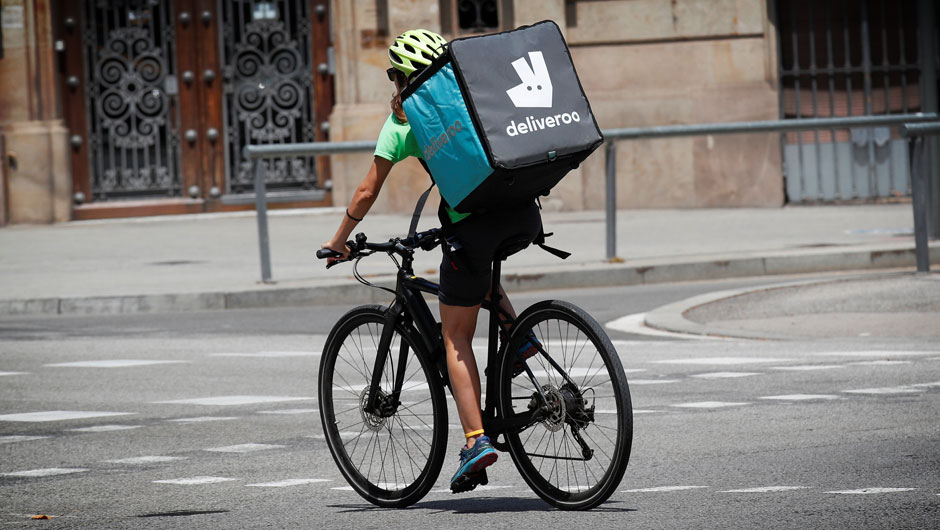No time like the present

The rise of real-time payments, and the arrival of new solutions enabled by PSD2 and Open Banking, are set to transform the payments landscape. But are treasurers embracing the opportunities?
In today’s tech-driven environment, initiatives such as PSD2 and Open Banking are helping to re-engineer the payments landscape. Through the use of application program interfaces (APIs) provided by banks, third party providers can act as intermediaries, offering companies real-time balance information and access to instant payments. Meanwhile, real-time payment systems are becoming increasingly prevalent, enabling businesses around the world to make – and receive – payments faster than ever before.

For consumer-focused organisations, the opportunities brought by these developments are attractive. At ‘gig economy’ companies like Uber, Lyft and Deliveroo, suppliers are typically one-person businesses with precarious finances. “They want that money in their bank accounts so they can make their rental payments, probably in five hours’ time,” says a treasurer familiar with such companies’ operations.
This explains why these companies have been early adopters of real-time payments. For example, Deliveroo has adopted an innovative payment solution which leverages Citi’s integrated API, ensuring that its delivery drivers and restaurants are paid on time.
But other treasurers are proceeding with caution in this rapidly evolving landscape. A poll at EuroFinance’s 2018 International Treasury Management conference found that 55% of delegates had either done nothing to prepare for PSD2, or didn’t consider it relevant.
Challenges and constraints
As Christopher Van Woeart, Head of Treasury at Stripe points out, when it comes to real-time payments, “there is a spectrum of customers that will have different appetites”. Large enterprises, for example, may not need their money straight away but may “hold money with us for a short period of time”.

Even for those treasurers who are open to the opportunities brought by Open Banking and real-time payments, there are challenges to overcome. Kristoffer Lykke-Olesen, Head of Group Treasury at Danish facility services company ISS A/S, argues that while SMEs may be agile enough to embrace the opportunities, larger corporates may take longer to follow suit.
“It is not as easy for a large corporate to take a decision on a large implementation project across the globe,” he points out, adding that while an Open Banking project would drive value for the organisation, resources are scarce – and the crucial consideration is whether such a project would drive more value than other competing projects. “The real test is actually not going to be me – I need to sell it to my organisation, and it will basically be a battle of the best business plan,” he says.
For companies which do plan to adopt real-time payments, there are some practical challenges to consider. Van Woeart points out that not all companies have the architecture and processes needed to support real-time payments. “If you’re receiving intraday bank reporting every 30 minutes to an hour, is that sufficient?” he says. “Or do you need a more real-time view into your available liquidity? And if so, does that mean moving away from host-to-host connections and really pushing banks towards APIs?”
There’s also the prospect that as customers become increasingly familiar with real-time payments, they will expect to receive refunds in real-time too – an outcome that will needs to be supported by a seamless user experience. And given that fast payment processing leaves little time for detecting suspicious activity, real-time payments will also lead to a greater focus on real-time payment screening.
Flying high
Despite these obstacles, gig economy-style companies are not the only ones that are embracing new opportunities in the evolving payments landscape. Javier Orejas, Head of Banking Management, EMEA & Americas, IATA Pay Leader at the International Air Transport Association (IATA), explains that real-time payments have considerable value within the airline industry.
“Payments need to be real-time – when you buy a ticket, nobody’s going to wait one day until the airline confirms the ticket. Customer expectations are evolving rapidly at this stage,” he says. He also notes that card payments are associated with high transaction costs: according to Phocuswright, the airline industry spent $8 billion globally on interchange fees and fraud in 2017.

By taking advantage of real-time payments and the concept of Request to Pay solutions enabled by Open Banking, IATA has developed an alternative to card payments in the form of IATA Pay. The new solution provides instant bank transfers for airline customers, enabling airlines to offer an option that avoids the high transaction fees currently associated with cards. While he is clear that cards will not disappear anytime soon, Orejas predicts they will evolve – potentially into hybrid solutions which will take advantage of payment rails while continuing to use existing infrastructures.
Beyond payments and collections, corporate treasurers may also welcome the opportunity to leverage real-time balance information and API-based payment initiation in order to create notional cash pools, manage liquidity more effectively and maximise cash available for investment. Lykke-Olesen predicts that for treasurers, the most important applications enabled by Open Banking will include real-time cash management and liquidity management, as well as the real-time reconciliation and collection of payments.
In conclusion, real-time payments may not be at the top of every treasurer’s wish list. But as PSD2 and Open Banking give rise to a more competitive landscape and a richer variety of solutions, treasurers will need to consider carefully whether the benefits are applicable to their particular organisations – and some will be more proactive than others. As Lykke-Olesen says, “I will be a late adopter on all of this. I will do pilots where I believe it’s relevant – but other than that I don’t believe I need to be an early adopter in order to influence banks.”